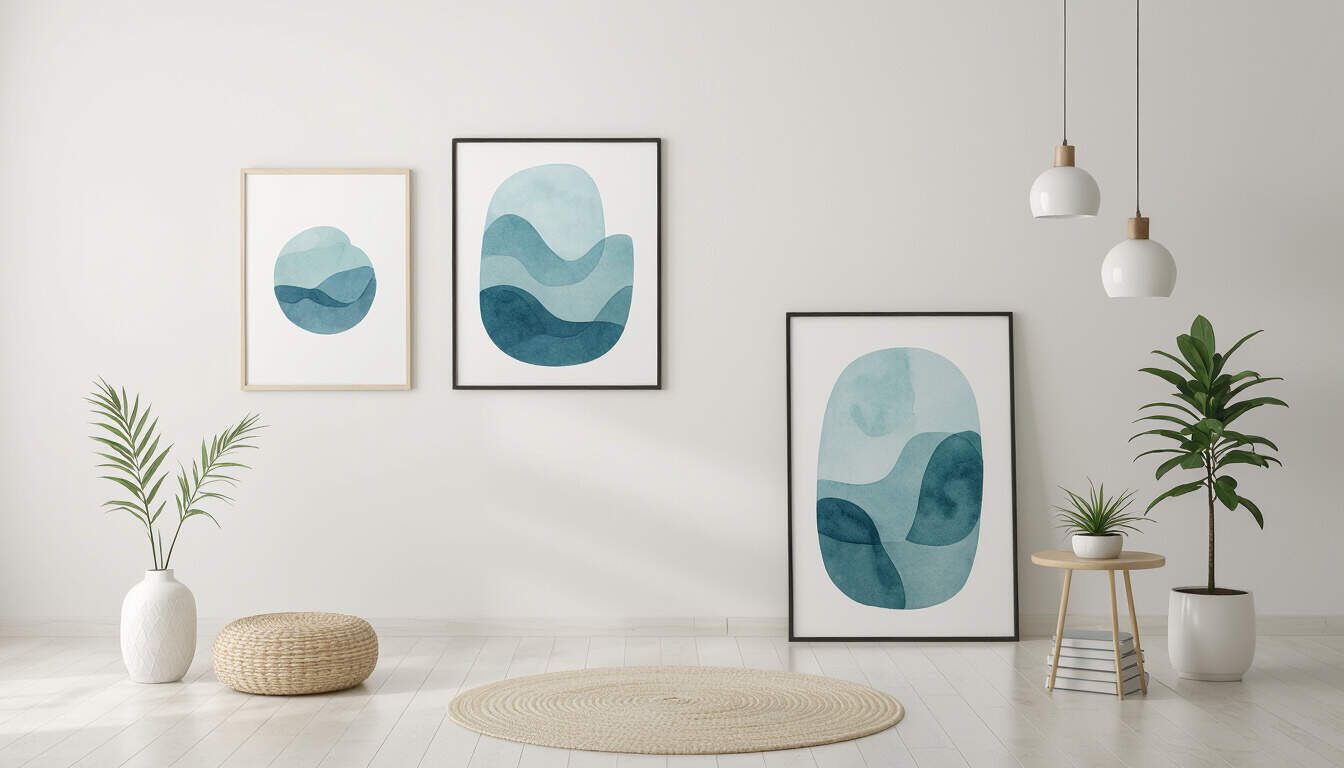The Essence of Minimalist Art Collections
 by Max Miller
by Max Miller
Minimalist art collections offer a way to embrace simplicity in a busy world. By focusing on clean lines and essential forms, these pieces can help individuals find calm and clarity, making them ideal for those seeking a more balanced daily routine through thoughtful curation.

In the quiet appeal of minimalist art, individuals find a path to serenity that resonates deeply in everyday life. This approach strips away excess, leaving only what truly matters and allowing space for reflection.
People often turn to art as a means of expression, and minimalist art collections stand out for their ability to convey profound ideas with few elements. For busy professionals, such collections serve as a gentle reminder to prioritize essentials.
Why Choose Minimalist Art?
Art in this style emphasizes basic shapes, colors, and materials, creating pieces that feel timeless and unobtrusive. It invites viewers to pause and appreciate the subtlety, which can be particularly refreshing for those with demanding schedules. A single piece might feature a stark white canvas with a simple geometric form, drawing the eye inward and fostering a sense of peace.
These collections encourage a shift in perspective, promoting the idea that less can indeed be more fulfilling. By surrounding oneself with such works, one begins to see parallels in other areas of life, like organizing a workspace or simplifying routines.
Building Your Own Collection
Starting a collection begins with intention. Select pieces that align with personal values, perhaps beginning with one or two items that evoke calm. Local galleries or online platforms provide access to a variety of options, from paintings to sculptures.
Consider the space where the art will live. A clean wall in a home office might host a framed print of subtle lines, transforming the area into a haven for focus. Over time, adding to the collection becomes a mindful process, ensuring each addition enhances rather than overwhelms.
Practical Tips for Integration
- Identify areas in your home or office that need simplification first.
- Choose art that complements your existing environment without adding visual noise.
- Set aside time each week to view and reflect on your pieces, turning it into a routine for mental clarity.
This method not only beautifies a space but also supports overall well-being. For everyday individuals, the act of curating becomes a form of self-care, helping to maintain balance amid daily demands.
The Impact on Daily Life
Through art collections, people discover ways to reduce mental clutter. A minimalist piece might inspire decisions about what to keep or let go, extending the principles beyond walls. This ripple effect can lead to clearer thinking and more intentional choices.
In shared spaces, these collections foster conversations about simplicity, strengthening relationships by focusing on shared ideals. Families or colleagues might find common ground in appreciating the quiet elegance of such art.
Finding Inspiration in Simplicity
Many draw from historical figures who championed minimal forms, using their legacy as a guide. Yet, the beauty lies in adapting these ideas to modern contexts, making them relevant today.
As one engages with this style, it becomes evident how it supports a lifestyle of ease. The process of selecting and displaying pieces encourages patience and thoughtfulness, qualities that enhance personal growth.
Ultimately, minimalist art collections offer a subtle yet powerful tool for those pursuing simplicity. By integrating these elements, individuals craft environments that nurture calm and inspire a more centered existence.
